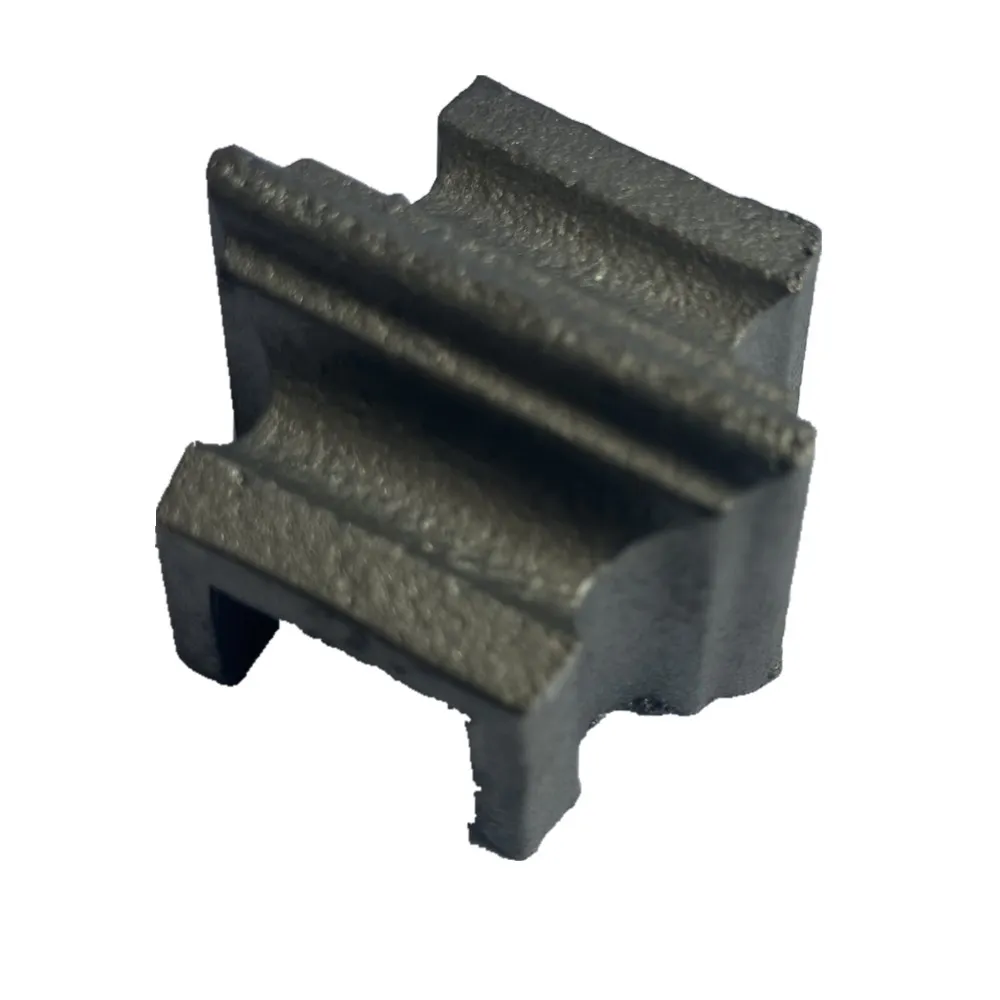Crafting a Functional Spear for Hunting and Survival Skills
Making a Spear A Journey Through Craftsmanship and Tradition
The act of making a spear is steeped in rich tradition and craftsmanship that transcends time. From ancient hunting tools to modern recreational equipment, the spear represents not only a functional weapon but also a symbol of human ingenuity and survival. This article explores the intricate process of spear-making, the significance of the spear throughout history, and its implications in contemporary contexts.
The Historical Significance of the Spear
Spears have been pivotal throughout human history. They were among the first weapons utilized by our ancestors for hunting and self-defense. The oldest known spears, dating back over 400,000 years, were crafted from simple materials like wood and stone, exemplifying early humans’ resourcefulness. These tools provided not just sustenance, but also a means to develop skills in hunting, defense, and community collaboration.
As civilizations evolved, so did the spear. Ancient cultures turned it into a more sophisticated weapon, incorporating metals like bronze and iron. The spear became a crucial part of warfare strategies, symbolizing power and prowess. Notable historical figures, such as Alexander the Great, mastered the use of the spear, forever engraving its importance in military lore.
Materials and Techniques in Spear-Making
Making a spear requires a careful selection of materials and a keen understanding of crafting techniques. Traditionally, spears were constructed using locally sourced materials. The spear shaft, typically made from sturdy wood like ash, oak, or hickory, must be straight and durable. The process begins with selecting the right tree; the wood should be young enough to ensure flexibility but mature enough for strength.
The first step in crafting a spear shaft is to harvest the wood, followed by stripping it of its bark and any imperfections. Once the shaft is prepared, the length is another crucial consideration. Historically, spears ranged from six to twelve feet, depending on their intended use—longer for reach and shorter for maneuverability.
The spear tip is another integral component. Traditionally, tips were fashioned from stone, bone, or metal. Modern spear-makers often opt for materials like steel or carbon fiber to enhance durability and penetrative capability. To attach the tip, craftsmen may utilize techniques such as binding or socketing, ensuring a secure fit that withstands the stresses of use.
Crafting the Perfect Spear Step-by-Step
making a spear

1. Select and Harvest Begin with the right type of wood, ensuring it is straight and strong. Harvest it responsibly, considering sustainability. 2. Prepare the Shaft Strip off the bark and sand it down to ensure a smooth finish. The length can be adjusted based on preference and intended use.
3. Creating the Tip Fashion the spearhead from metal or stone, ensuring that it is sharp and durable. Various methods can be utilized, such as flint knapping or forging.
4. Attaching the Tip Secure the spearhead to the shaft using binding materials or by creating a socket. This connection must be robust, as it will endure significant force.
5. Finishing Touches Finally, coat the spear with oil or sealant to protect the wood from the elements, preventing rot and increasing longevity.
The Spear in Modern Times
While the primary functions of the spear have shifted, its symbolic presence remains significant. Today, spears are often used in sports, such as javelin throwing, where athletes display their skill in a competition setting. Additionally, many cultural traditions still value spear-making as a form of art and heritage.
In contemporary society, survivalists and outdoor enthusiasts continue to appreciate the spear's simplicity and effectiveness as a tool for hunting, fishing, and protection. Workshops and classes on traditional spear-making have proliferated, emphasizing the importance of preserving this ancient craft.
Conclusion
Making a spear is more than just a task—it's a connection to our ancestors, an appreciation for the resources provided by nature, and an expression of artistic skill. Whether as historical artifacts, sporting equipment, or contemporary tools for outdoor survival, spears embody a unique blend of functionality and tradition. Engaging in the craft of spear-making invites us to reflect on our past while paving the way for sustainable practices in our future. A spear, therefore, is not merely a tool; it is a testament to mankind’s enduring relationship with nature and the art of craftsmanship.
-
Why Choose TJJ as Your Window and Door Hardware Manufacturer?NewsOct.28,2024
-
The Advantages of Cast Iron Stove Plates: A Timeless Choice for Your KitchenNewsOct.28,2024
-
Aluminium Windows Profiles: Benefits and FeaturesNewsOct.28,2024
-
Innovations in Cast Iron Panel TechnologyNewsOct.28,2024
-
The Benefits of Customizing Your Wrought Iron Fence PartsNewsOct.28,2024
-
The Immortal Legacy of Cast Iron Spears: From War to Decorative UseNewsOct.21,2024
-
 Why Choose TJJ as Your Window and Door Hardware Manufacturer?Oct-28-2024Why Choose TJJ as Your Window and Door Hardware Manufacturer?
Why Choose TJJ as Your Window and Door Hardware Manufacturer?Oct-28-2024Why Choose TJJ as Your Window and Door Hardware Manufacturer? -
 The Advantages of Cast Iron Stove Plates: A Timeless Choice for Your KitchenOct-28-2024The Advantages of Cast Iron Stove Plates: A Timeless Choice for Your Kitchen
The Advantages of Cast Iron Stove Plates: A Timeless Choice for Your KitchenOct-28-2024The Advantages of Cast Iron Stove Plates: A Timeless Choice for Your Kitchen -
 Aluminium Windows Profiles: Benefits and FeaturesOct-28-2024Aluminium Windows Profiles: Benefits and Features
Aluminium Windows Profiles: Benefits and FeaturesOct-28-2024Aluminium Windows Profiles: Benefits and Features












